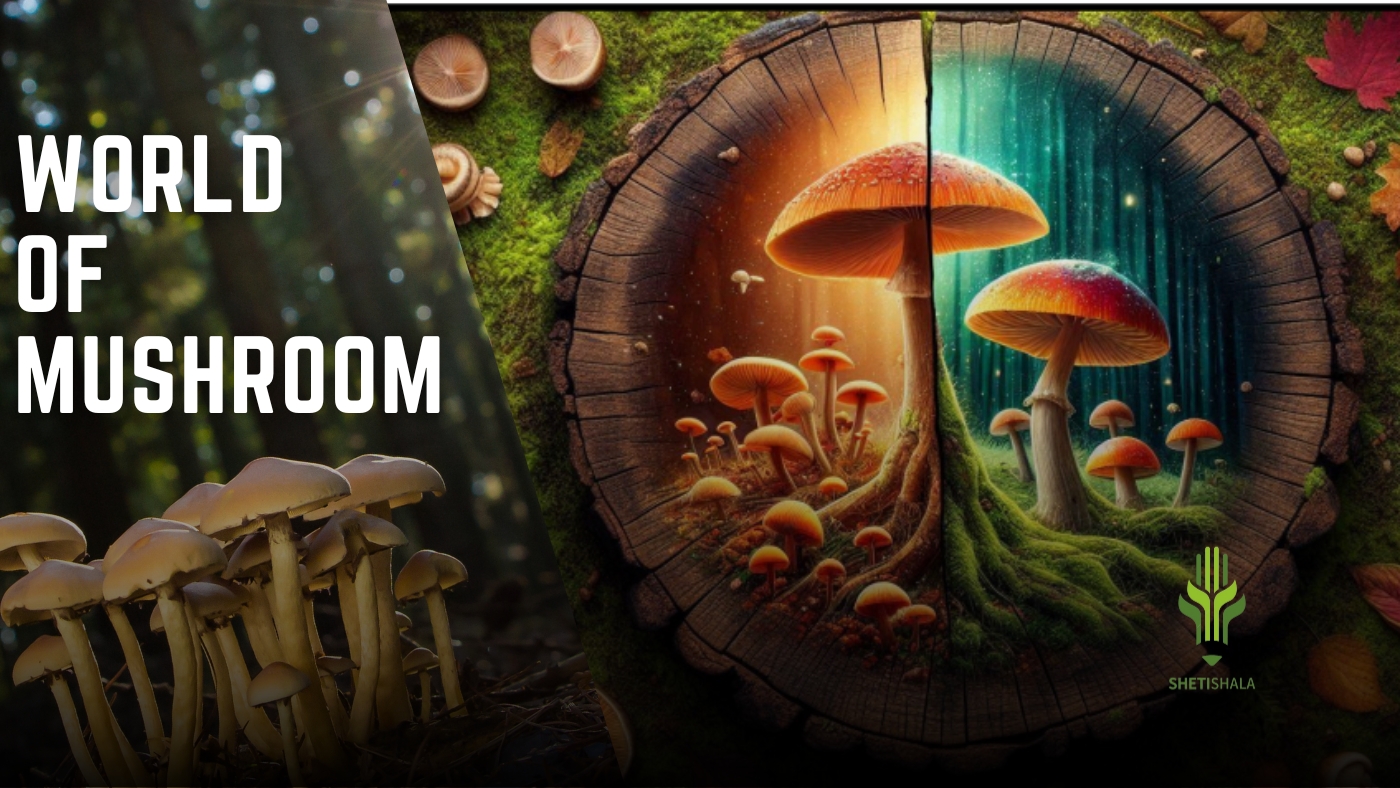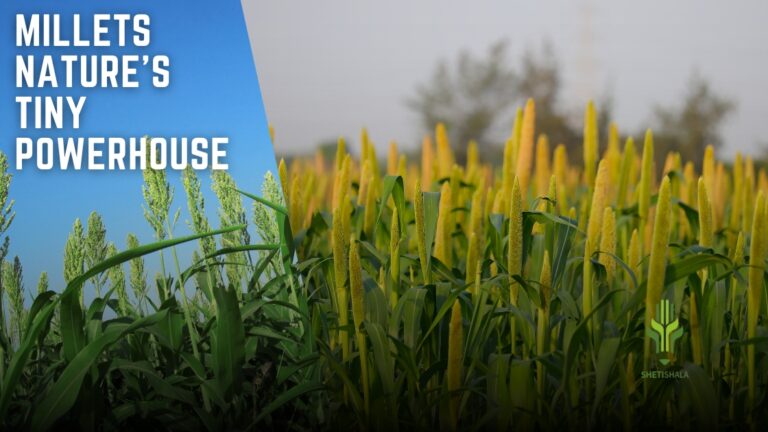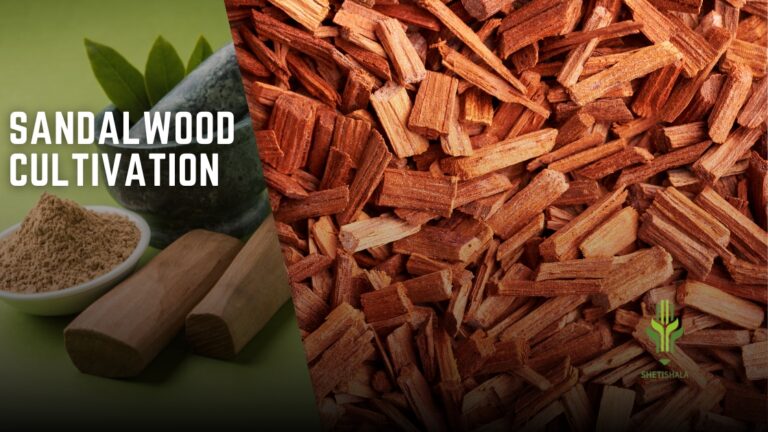Welcome to this world of mushrooms, this blog is your gateway to the enchanting world of mushrooms! Join us as + we explore the fascinating shapes, colors, and uses of these incredible fungi. From delicious recipes to surprising health benefits, we’ll uncover the wonders that mushrooms bring to our tables and forests alike. Let’s dive into the magic of mushrooms together!

Introduction to Mushroom
Definition and Characteristics of Mushrooms
Definition: Mushrooms are the fruiting bodies of certain fungi, typically characterized by a stem, cap, and gills or pores on the underside of the cap.
Physical Characteristics
○ Cap: The umbrella-like top part that can come in various shapes, sizes, and colors.
○ Stem: The stalk that supports the cap.
○ Gills/Pores: Located on the underside of the cap, these structures produce and release spores.
○ Spores: Microscopic reproductive units that disperse to form new fungal growth.
○ Mycelium: The network of fungal threads (hyphae) that make up the main body
of the fungus, usually hidden in soil or decaying material.
Classification within the Fungal Kingdom
Kingdom Fungi: Mushrooms belong to this kingdom, distinct from plants, animals, and
bacteria.
● Phylum: The majority of mushrooms fall under the phylum Basidiomycota, known for
producing spores on basidia. Some belong to the phylum Ascomycota, producing spores
in asci.
● Classes and Orders: Further classifications based on specific features, such as gill structure, spore color, and ecological roles.
● Families and Genera: Grouped by more specific characteristics, leading to various
genera (e.g., Agaricus, Amanita, Boletus).
● Species: The most specific level, identifying individual types of mushrooms.
Differences Between Mushrooms and Other Fungi
● Fruiting Body: Mushrooms have a distinct fruiting body (cap and stem), while many
fungi do not produce such structures (e.g., molds, yeasts).
● Habitat: Mushrooms are often found in soil or on decaying organic matter, whereas
other fungi can inhabit a wide range of environments, including living organisms and
industrial settings.
● Reproduction: Mushrooms primarily reproduce via spores produced in the gills or
pores, while other fungi may use different methods (e.g., budding in yeasts, spore sacs
in molds).
● Morphology: Mushrooms have a more complex and visible structure compared to many other fungi that might be microscopic or appear as simple growths.
Mushroom Biology and Ecology
The Life Cycle of Mushroom
1. Spore Release: Mushrooms produce spores in structures like gills or pores. These spores are released into the environment.
2. Germination: When spores land in a suitable environment, they germinate to form hyphae, the thread-like structures of the fungal mycelium.
3. Mycelium Growth: Hyphae grow and spread, forming a network called mycelium. This mycelium is the main body of the fungus, usually hidden in the substrate (soil,
wood, etc.).
4. Fruiting Body Formation: Under favorable conditions, the mycelium forms fruiting bodies, which are the visible mushrooms.
5. Maturation and Spore Production: The fruiting body matures, producing and
releasing spores, starting the cycle anew

Role of Mushrooms in Ecosystems
● Decomposition: Mushrooms decompose organic matter, recycling nutrients back into
the ecosystem. They break down complex organic materials like dead plants and wood
into simpler compounds, enriching the soil.
● Nutrient Cycling: By decomposing organic matter, mushrooms help cycle essential nutrients like carbon, nitrogen, and phosphorus through ecosystems.
● Habitat Creation: The decomposition process creates habitats for various
microorganisms and small invertebrates, contributing to biodiversity.
Symbiotic Relationships with Plants (Mycorrhizae) and Animals
Mycorrhizae:
○ Ectomycorrhizae: Fungi form a sheath around plant roots and extend into the soil, enhancing water and nutrient absorption. Common in trees like oaks and pines.
○ Endomycorrhizae (Arbuscular Mycorrhizae): Fungi penetrate plant root cells, forming arbuscules that facilitate nutrient exchange. Common in many crops and grasses.
○ Benefits to Plants: Improved nutrient uptake (especially phosphorus), enhanced water absorption, increased resistance to pathogens, and better tolerance to environmental stress.
○ Benefits to Fungi: Access to carbohydrates produced by plants through photosynthesis.
● Relationships with Animals:
○ Dispersal Agents: Animals like squirrels, deer, and insects help disperse spores by feeding on fruiting bodies.
○ Food Source: it serve as a food source for various animals, from invertebrates to mammals.
Factors Influencing Growth and Distribution
Environmental Conditions:
○ Moisture: it require a humid environment to thrive.
○ Temperature: Different species have varying temperature preferences, but most
need moderate temperatures.
○ Light: While mycelium can grow in darkness, fruiting bodies often need some
light to develop.
● Substrate: The type of organic material available (wood, leaf litter, soil, etc.) influences
which species can grow.
● pH Levels: Most of them prefer slightly acidic to neutral pH levels in their growing
substrate.
● Competition and Predation: Competition with other fungi and microorganisms, as
well as predation by animals, can impact growth and distribution.
● Human Activity: Logging, agriculture, urbanization, and pollution can alter habitats
and affect populations.
2. Types of Mushroom
Edible Mushrooms


Medicinal Mushrooms

Poisonous Mushrooms

Wild vs. Cultivated Mushrooms
● Wild Mushrooms:
○ Foraging: Collected from natural habitats such as forests, meadows, and fields.
○ Diversity: A wide variety of species, some of which cannot be easily cultivated.
○ Risks: Potential for misidentification and poisoning; requires knowledge and
experience to forage safely.
○ Flavor: Often considered to have more complex and intense flavors compared to
cultivated mushrooms.
● Cultivated Mushrooms:
○ Controlled Environment: Grown under controlled conditions using substrates
like compost, wood chips, or straw.
○ Consistency: More uniform in size, shape, and flavor; available year-round.
○ Safety: Lower risk of contamination and poisoning; easier to ensure quality and
safety.
○ Availability: Widely available in supermarkets and specialty stores
3. Identification
3.1 Key Identification Features
● Cap:
○ Shape: Can be convex, concave, flat, or bell-shaped.
○ Color: Varies widely; can change with age or environmental conditions.
○ Texture: Smooth, scaly, slimy, or dry.
○ Margin: The edge of the cap; can be smooth, striated, or rolled.
● Gills/Pores:
○ Attachment: How they connect to the stem (free, attached, decurrent).
○ Color: Can help distinguish between species; changes as the it matures.
○ Spacing: Crowded, distant, or somewhere in between.
● Stem (Stipe):
○ Shape: Cylindrical, club-shaped, bulbous.
○ Texture: Smooth, fibrous, scaly. ○ Presence of Ring (Annulus): A ring around the stem left from the partial veil.
○ Base: May have a bulb or volva (sac-like structure).
● Spore Print:
○ Color: Obtained by placing the cap on a white or black surface; critical for identification.
● Odor: Can range from sweet to foul; some species have distinctive smells.
● Habitat: Where the it is growing (type of trees, soil, decaying wood).
3.2 Safety Tips for Foraging
● Never Eat Unknown Mushrooms: Only consume mushrooms that have been positively identified by an expert.
● Learn from Experts: Join local mycological societies, take guided foraging trips, and study reputable field guides.
● Check Multiple Sources: Use several identification features and cross-reference with reliable sources.
● Avoid Look-Alikes: Many edible mushrooms have poisonous doppelgängers.
● Test Edibility: If you are sure of

identification, cook a small amount and
try it before consuming more. Some edible mushrooms can cause allergic reactions in
some individuals.
● Observe Local Regulations: Be aware of and follow local laws and guidelines for
foraging.
● Respect Nature: Forage sustainably, taking only what you need and leaving enough for
the ecosystem to thrive.
● Carry Safety Gear: Have a knife for cutting them, a basket or mesh bag for
carrying them (allows spores to disperse), and a field guide for referForaging
Growing At Home
Choosing Varieties
● Beginner-Friendly Varieties:
○ Button Mushrooms (Agaricus bisporus): Easy to grow, versatile in the kitchen.
○ Oyster Mushrooms (Pleurotus ostreatus): Fast-growing and adaptable to various substrates
Indoor vs. Outdoor Cultivation
● Indoor Cultivation:
○ Pros: Controlled environment, year-round growing, fewer pests and diseases.
○ Cons: Requires space and equipment, higher initial setup cost.
○ Setup: Grow rooms, shelves, containers or bags filled with substrate, humidity and temperature control systems.
● Outdoor Cultivation:
○ Pros: Utilizes natural environment, lower cost, larger scale.
○ Cons: Seasonal limitations, exposure to pests and weather.
○ Setup: Logs, garden beds, straw bales, suitable outdoor locations with shade and moisture.
Step-by-Step Growing Guide for Oyster Mushroom
Materials Needed
● Oyster mushroom spawn (Pleurotus spp.)
● Paddy straw
● Formalin (formaldehyde solution)
● Bavistin (carbendazim, a fungicide)
● Water
● Large drum or container for soaking straw
● Plastic bags or containers for growing
● Clean workspace
Preparation
1. Gather Supplies: Ensure you have all the materials ready and your workspace is clean
to prevent contamination.
2. Cut the Straw: Cut the paddy straw into pieces about 5-10 cm in length. This will help
in better handling and even distribution of spawn. Substrate Preparation
3. Soak the Straw:
○ Fill the drum or container with water.
○ Add formalin to the water at a concentration of 0.5% (500 ml formalin in 100
liters of water).
○ Add Bavistin at a concentration of 0.1% (100 g Bavistin in 100 liters of water).
○ Mix the solution thoroughly.
4. Submerge the Straw:
○ Submerge the cut paddy straw in the prepared solution.
○ Place a weight on top to ensure the straw remains fully submerged.
○ Soak for 12-24 hours to sterilize and hydrate the straw.
5. Drain the Straw:
○ After soaking, drain the straw completely.
○ Spread it out on a clean surface and let it drain for 1-2 hours to remove excess
water. The straw should be moist but not dripping.
Inoculation
6. Prepare the Spawn: Break the spawn into small pieces for even distribution.
7. Layering:
○ Take a clean plastic bag or container.
○ Place a layer of prepared paddy straw at the bottom (about 10-15 cm thick).
○ Sprinkle a layer of spawn evenly over the straw.
○ Repeat the process, alternating layers of straw and spawn, until the container is full.
○ Finish with a top layer of straw.
Incubation
9. Incubate:
○ Place the inoculated bags in a dark, warm area with a temperature between 20-25°C (68-77°F).
○ Maintain high humidity (85-90%) by misting the area if necessary.
○ Ensure good ventilation to avoid the buildup of carbon dioxide.
○ Incubation will last 15-20 days, during which the mycelium will fully colonize the straw. You’ll notice the white mycelium spreading throughout the straw.
Fruiting
10. Fruiting Conditions:
○ Move the colonized bags to a fruiting area with indirect light.
○ Maintain a slightly cooler temperature (15-20°C or 59-68°F).
○ Increase humidity to around 90-95%.
○ Provide fresh air exchange to lower CO2 levels and stimulate it’s formation.
11. Initiate Fruiting:
○ Cut larger holes or remove the top of the bags to expose the colonized straw to fresh air.
○ Mist the bags regularly to maintain high humidity.
12. Harvesting:
○ they will start to form within a week of initiating fruiting conditions.
○ Harvest by gently twisting and pulling the them when they reach the desired size.
○ Continue to mist and maintain conditions for subsequent flushes. Typically, 2-3 flushes can be obtained from each bag. Post-Harvest
13. Clean Up:
○ Clean the growing area and equipment to prepare for the next cycle.
○ Spent substrate can be used as compost or mulch for gardens.

Cooking –
Popular Recipes
1. Stuffed Mushrooms
2. Mushroom Risotto
3. Mushroom Soup
4. Sautéed Mushrooms
5. Mushroom Stroganoff
6. Mushroom Pizza
7. Mushroom Pasta

Products and Uses
Supplements and Extracts
1. Powders
○ Made from dried and ground mushrooms, these powders can be added to smoothies, soups, and other dishes.
○ Common varieties include Reishi, Lion’s Mane, Chaga, and Cordyceps.
2. Capsules and Tablets
○ Convenient for those who prefer not to consume it directly.
○ Typically contain concentrated extracts of medicinal mushrooms like Reishi, Lion’s Mane, and Shiitake.
3. Tinctures and Liquid Extracts
○ Highly concentrated liquid forms, often taken in small doses.
○ Used for their potent medicinal properties and quick absorption.
4. Functional Beverages
○ coffees, teas, and elixirs infused with medicinal extracts.
○ Popular for their combined benefits of caffeine and health properties.
Mushroom-Based Materials and Textiles
1. Mycelium-Based Packaging
○ Biodegradable packaging made from mycelium, the root structure of mushrooms.
○ An eco-friendly alternative to plastic and styrofoam.
2. Mushroom Leather (Mylo)
○ Sustainable, cruelty-free leather alternative made from mycelium.
○ Used in fashion and accessories, offering a sustainable option to animal leather.
3. Building Materials
○ Mycelium composites used for creating sustainable building materials.
○ Known for being lightweight, fire-resistant, and biodegradable.
4. Textiles and Fabrics
○ Mycelium-based textiles that are durable and sustainable. ○ Potential applications in clothing, upholstery, and other fabric products
Innovative Applications
1. Bioremediation
○ Using mushrooms to clean up environmental pollutants such as oil spills and heavy metals.
○ Certain fungi can break down toxic substances and improve soil health.
2. Mushroom-Based Meat Alternatives
○ Companies are developing plant-based meats using mycelium for its meat-like texture and nutritional benefits.
○ Provides a sustainable and nutritious alternative to traditional meat.
3. Medicinal and Therapeutic Products
○ Development of new medications and therapeutic treatments using mushroom compounds.
○ Research is ongoing into their potential benefits for various health conditions, including cancer, depression, and autoimmune diseases.
4. Agricultural Enhancements
○ Mycorrhizal fungi used to improve crop yields and soil health.
○ These fungi form symbiotic relationships with plant roots, enhancing nutrient uptake and resistance to pests and diseases.
5. Mushroom-Based Insulation
○ Mycelium used to create insulating materials for buildings.
○ Offers an eco-friendly and effective alternative to traditional insulation materials
Mushroom Myths and Facts
Common Misconception
1. All Mushrooms are Poisonous:
○ Myth: Many people believe all wild mushrooms are dangerous to eat.
○ Fact: While some mushrooms are indeed toxic, many are edible and highly nutritious. Proper identification is crucial.
2. Mushrooms are Vegetables:
○ Myth: Mushrooms are often classified as vegetables.
○ Fact: Mushrooms are fungi and belong to a separate biological kingdom.
3. Mushrooms Grow Overnight:
○ Myth: Mushrooms appear to pop up suddenly overnight.
○ Fact: The visible part, the fruiting body, can grow quickly, but the mycelium network develops over time underground.
4. Peeing on Mushrooms Makes Them Safe to Eat:
○ Myth: Urine can neutralize mushroom toxins.
○ Fact: Urine has no effect on mushroom toxins. This is a dangerous and false belief.
5. All Mushrooms Have the Same Nutritional Value:
○ Myth: All mushrooms offer the same health benefits.
○ Fact: Different mushrooms have varying nutritional profiles and medicinal properties.

Fun Facts About Mushrooms
1. Largest Living Organism: The largest living organism on Earth is a honey fungus (Armillaria) in Oregon, spanning over 2,385 acres.
2. Bioluminescent Mushrooms: Some , like the Jack-o’-Lantern mushroom, can glow in the dark due to bioluminescence.
3. Ancient Fossils: Fungal fossils date back over 400 million years, making them one of
the oldest life forms on Earth.
4. Fast Growth: Certain of them, like the oyster mushroom, can double in size every 24 hours under ideal conditions.
5. Spore Production: A single mature mushroom can release up to 16 billion spores.
Debunking Mushroom Myths
1. “Mushrooms with White Gills are Safe to Eat”:
○ Many deadly mushrooms, like the Amanita species, have white gills.
○ Always use multiple identification features and consult experts.
2. “Cooking Destroys Mushroom Toxins”:
○ Some toxins, like those in Amanita phalloides (Death Cap), are heat-stable and cannot be destroyed by cooking.
○ Proper identification and avoiding known toxic species is essential.
3. “Mushrooms in the Yard are Safe Because They’re Local”:
○ Location doesn’t determine safety. Poisonous mushrooms can grow in any environment.
○ Always identify mushrooms accurately before consumption.
Conclusion
Mushrooms are remarkable organisms that offer a wealth of benefits and fascinating
insights. We’ve explored their biology, diverse types, and numerous applications, from
culinary uses to health benefits and sustainable practices. By understanding and
utilizing them, we can enjoy their unique flavors, nutritional value, and ecological
contributions. Whether you’re interested in foraging, growing, cooking, or simply learning more, they provide endless opportunities for discovery and enjoyment. Embrace the
journey and continue to explore the incredible world of mushrooms.
Read our more blogs –




